What are Micro SD and SSD? Does iPhone support them?
Simply put, a Micro SD card is a type of flash memory card commonly used in smartphones, tablets, cameras...
It is small in size (just a little bigger than the tip of your finger). Despite its small size, Micro SD is quite durable and some are even waterproof.
Inside each Micro SD card are small memory chips that can store up to several dozen GB of data including photos, videos , and documents. To use a Micro SD card, simply insert it into the card slot on a smartphone that supports it.
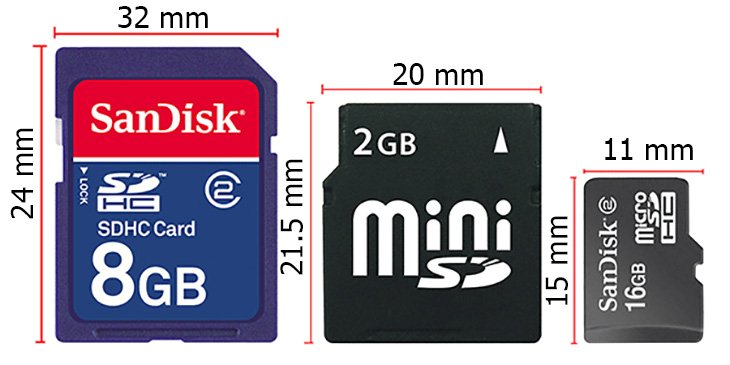
Micro SD cards are much smaller in size than SD and Mini SD cards.
SSD is a type of solid state flash memory that stores data continuously. Although there are some differences between SSD and SD card, they have some similarities as both are storage devices that use flash memory.
Despite its convenience, many flagships (top phones) do not support Micro SD cards, especially Apple's iPhones.
Since Apple launched the first one in 2007 until 2023, there has not been any iPhone model that supports Micro SD cards.
SSD hard drives are often used on desktop computers (PCs), laptops (notebooks)... and of course iPhones do not support SSDs.
Until September this year, iPhone users only had two options for data storage: limited storage capacity on the device, 5GB of free iCloud, or paying for iCloud+.
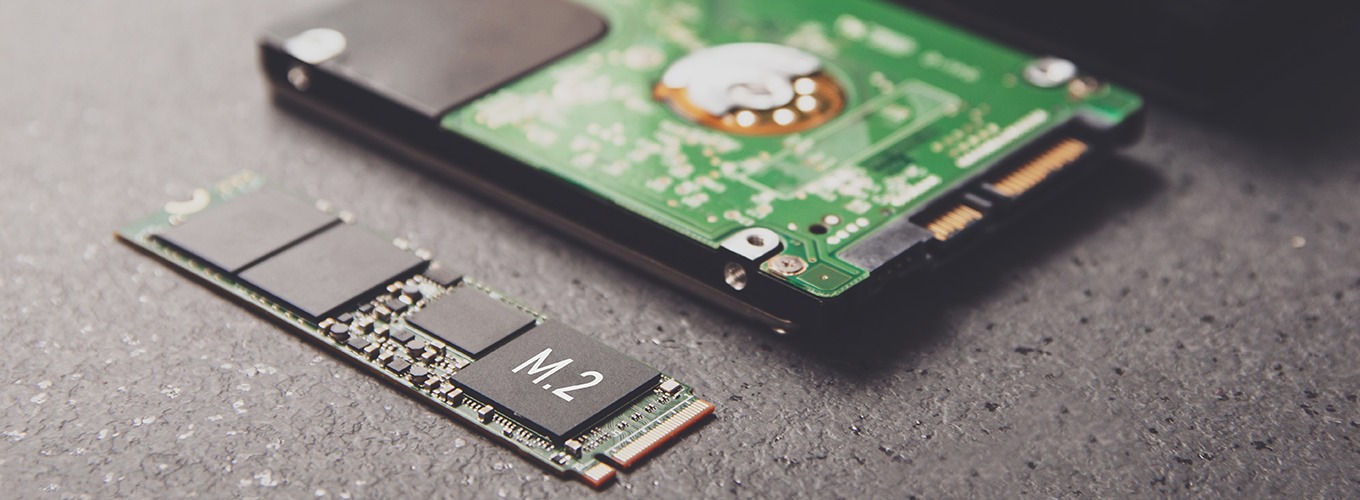
SSD has many advantages over traditional HDD.
How many storage options does the iPhone 15 have and what is the difference?
The standard iPhone 15 and its larger version — the iPhone 15 Plus — follow in the footsteps of their predecessors with three storage options of 128GB, 256GB, and 512GB.
The iPhone 15 Pro follows the iPhone 14 Pro and comes in four storage options: 128GB, 256GB, 512GB, and 1TB.
However, the iPhone 15 Pro Max, the most expensive model with a starting price of $ 1,199, starts with 256GB and has 512GB and 1TB options.
The price difference between the iPhone 15's storage options is considered significant. It can be said that to go from 128GB to 256GB, users will have to pay an additional $100, to 512GB is $300, to 1TB is $500.
And that's not even counting the difference between the iCloud+ subscription options, which start at $0.99/month for 50GB, $2.99/month for 200GB, and $9.99/month for 2TB.
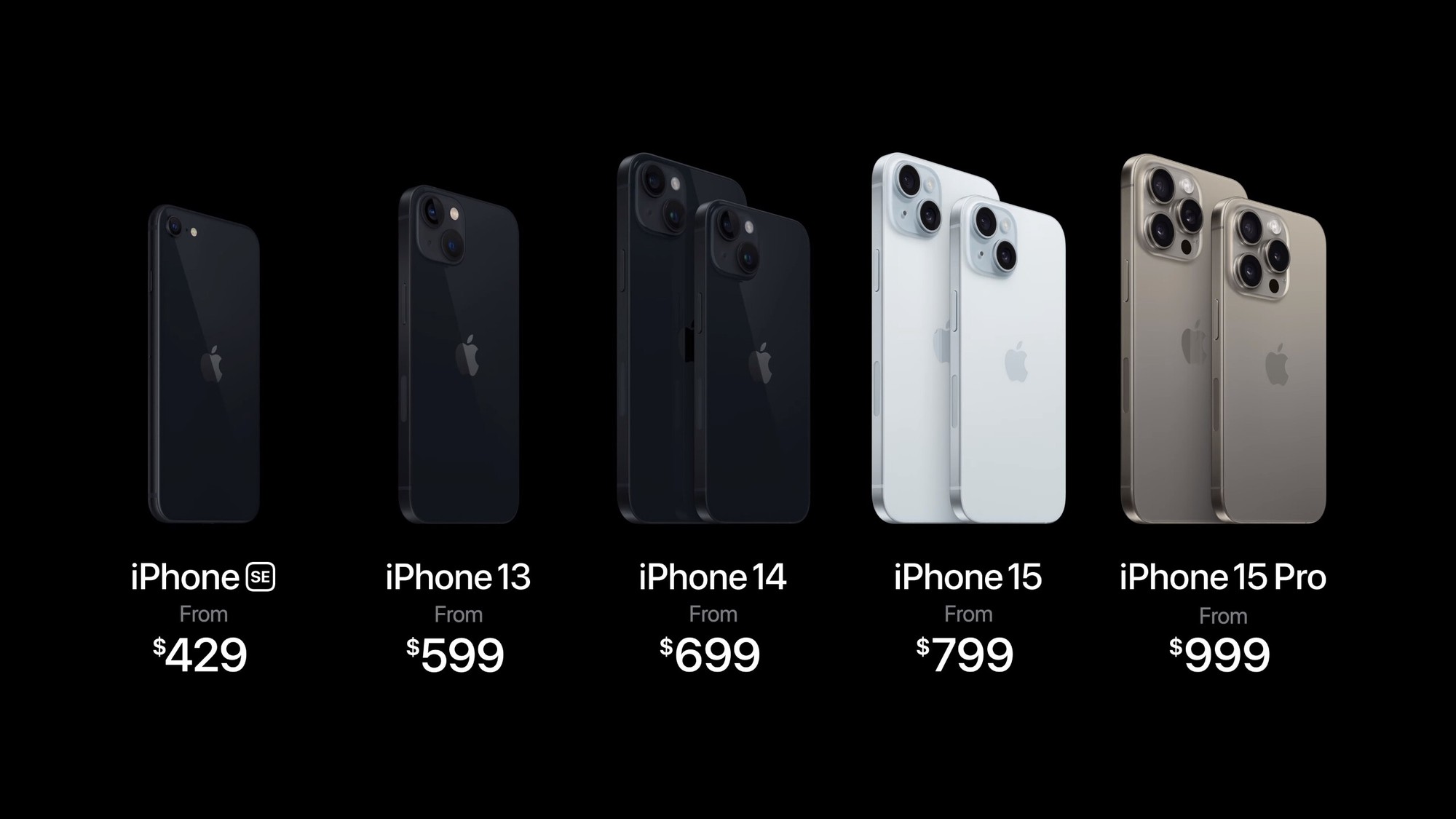
Illustration (Source: Apple).
Can you save up to $500 on the "premium" iPhone 15?
In an age where photos, videos, apps, and games take up a lot of device storage, it's hard to recommend the base 128GB especially if you don't subscribe to Apple's iCloud+.
But the fact is that since the iPhone 15, Apple has "generously" added an external storage solution for you, although not as direct as the Micro SD card tray on other smartphones.
That's the iPhone 15's new USB-C port. Not only does it free you from the Lightning cable, it also turns your iPhone into a powerful device.
The fun doesn't stop at gaming as you can now use the USB-C port to connect to an SSD or even a Micro SD card via a card reader.
If you are a photographer, videographer... this will open a new door to using iPhone to take high-quality photos and videos before pushing them to SSD and Micro SD, something that was previously only possible with cameras, cameras costing thousands of dollars.
If you're just a regular user, once the iPhone you're about to buy "supports" both SSD and Micro SD, this is when you can choose the most affordable version (or the more advanced version) instead of the largest capacity and synonymous with the most expensive.
It's worth noting that the iPhone 15 Pro and 15 Pro Max support USB 3.2 Gen 2 data transfer speeds of up to 10Gbit per second, which is about 20 times faster than the iPhone 15 and 15 Plus with USB 2 and the iPhone 14 with Lightning.
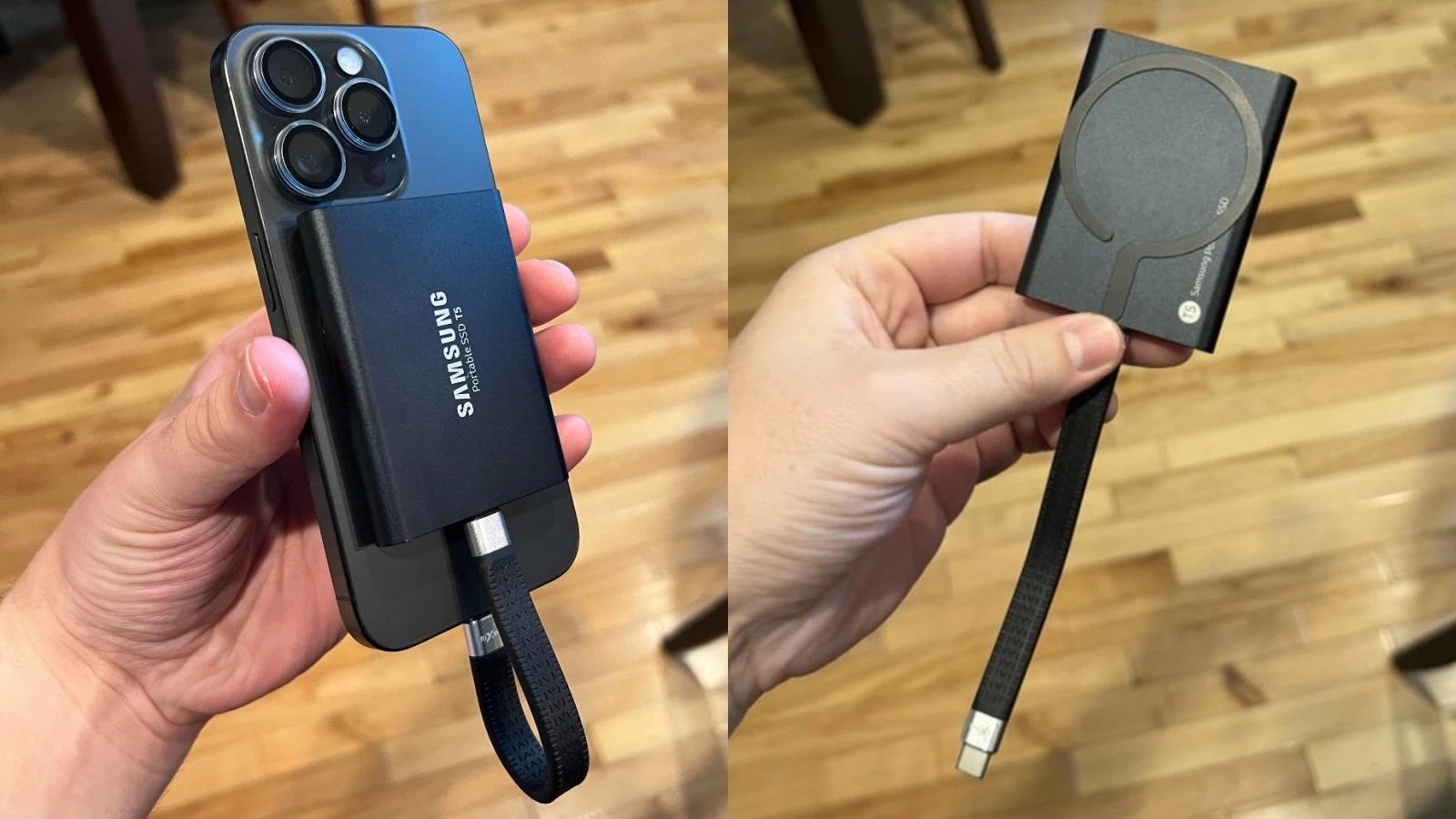
An iPhone 15 Pro Max connected to a Samsung external SSD (Photo: techinstigator/X-Twitter).
Source: https://www.baogiaothong.vn/doc-bai-viet-nay-ban-se-co-them-500-usd-de-mua-iphone-15-pro-chu-khong-phai-15-thuong-192231004155917502.htm


![[Photo] Journalists moved to tears at the Memorial Service for the soldiers who died in Gac Ma](https://vphoto.vietnam.vn/thumb/1200x675/vietnam/resource/IMAGE/2025/5/30/9454613a55c54c16bf8c0efa51883456)
![[Photo] General Secretary To Lam receives Chief of the Central Office of the Lao People's Revolutionary Party](https://vphoto.vietnam.vn/thumb/1200x675/vietnam/resource/IMAGE/2025/5/30/140435f4b39d4599a3d17975dfb444c5)
![[Photo] National Conference "100 years of Vietnamese Revolutionary Press accompanying the glorious cause of the Party and the nation"](https://vphoto.vietnam.vn/thumb/1200x675/vietnam/resource/IMAGE/2025/5/30/1cf6cd5c8a934ebfa347028dcb08358c)

![[Photo] A delegation of 100 journalists from the Vietnam Journalists Association visits the soldiers and people of Truong Sa island district.](https://vphoto.vietnam.vn/thumb/1200x675/vietnam/resource/IMAGE/2025/5/30/0984a986227d4e988177f560d2e1563e)










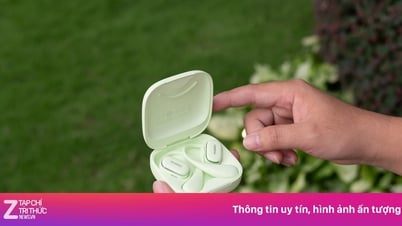












































































Comment (0)